(past event)
Points of Inflection
Sunday November 29, 2020, 6pm CT
LIVESTREAMED
from Archway Gallery
Free Event
Concert Replay
Watch the full-length performance of Points of Inflection.
About
In mathematics, an inflection point is the moment at which a change in direction occurs. This program, performed in artist Tracey Meyer’s exhibition at Archway Gallery, finds musical parallels with her examination of how the arcs of individual lives are shaped by such points: decisions, responses, and choices.
Curated by Sebastian Stefanovic
Program
Caleb Burhans: Contritus for string quartet
Caroline Shaw: Entr’acte for string quartet
Philip Glass: String Quartet No. 3, “Mishima”
Performers
Samuel Park, violin
Nathan Lowry, violin
Sebastian Stefanovic, viola
Bree Ahern, cello
Featured Exhibit
Tracey Meyer’s third solo exhibition, and her first at Archway Gallery, is a sculptural exploration of the complexity of life. Meyer employs rag paper, wood, and ceramic to create sculptures which each represent an imagined individual’s existence. Momentous or calamitous events are represented by the physical shaping of the whole sculptural form. Each cut and bend in the artwork represents a decision in that person’s story, a response to an experience, or a choice that had to be made. The cut apertures in the sculpture portray a physical manifestation of the life’s reaction to its experiences.
The resulting artwork portrays the non-linear nature of an individual’s journey, and how it is made up of many experiences -- large and small, easy and difficult. Whether the life appears relatively tranquil or rather tumultuous, the work exposes the internal dialogue that shapes it. This exhibition asks the viewer to consider more deeply the hidden challenges that others experience, and to re-examine the complexity of existence in general.
Read more about Tracey Meyer’s exhibit, “What Shapes Us.”
Tracey Meyer, What Shapes Us.
Program Notes
This program is about inflection points, singular moments that change the trajectory of a life, and is designed to parallel the imagined lives of Tracey Meyer’s Archway Gallery exhibition What Shapes Us.
Caroline Shaw’s Entr’acte is a meditation on one of these inflection points – a surprising chord change in a Haydn string quartet she loves. Shaw’s mastery of and love for the historic genre of the string quartet are clear, but she also paints with a personal and vivid palette of colors, including ghostly ‘air sounds,’ sighing slides, and snappy pizzicato.
Caleb Burhans’s Contritus is a study in near-imperceptible change, in the way that you wake up one day and realize you’re a different person than you were a year ago. The piece’s shimmering textures belie the minute details shifting below the surface, but those minutiae promise inevitable consequences, as the music transforms from something both icy cold and inhumanly beautiful to a warm, comforting embrace.
Philip Glass’s String Quartet No. 3 is comprised of six pieces taken from his score for the 1985 film Mishima: A Life in Four Chapters. Yukio Mishima was a Japanese writer who came of age during World War II, and the societal pressures of wartime Japan led him from an abusive and closeted childhood to becoming a far-right reactionary who believed post-war Japan was too soft, rejecting traditional values in favor of a more global democracy. Eventually, Mishima led a militia group in attempting a coup d’état to restore the power of the emperor, which failed at the first hurdle and ended in ritual suicide. Glass represents the many layers of this complicated, contradictory life with undulating textures arranged with his signature clockwork precision. The pieces in the quartet are taken from the scenes in which Mishima is remembering his childhood, and the small moments that perhaps could have led him down a different, more hopeful path.
Taken together, these pieces examine different ways that points of inflection can shape an entire life or narrative. In the Burhans, it’s from within; in the Glass, it’s from the external material conditions of society; in the Shaw, it’s in the more abstracted, elemental medium of music itself.
If you are in Houston, please consider taking some time in the next few days to visit Montrose’s Archway Gallery and see Tracey Meyer’s exhibit, open until December 3rd – photographs do not do her work justice. Many thanks are owed to Tracey and John Slaby for their generosity, kindness, and inspiration, without which this program could not have happened.
— written by Sebastian Stefanovic

